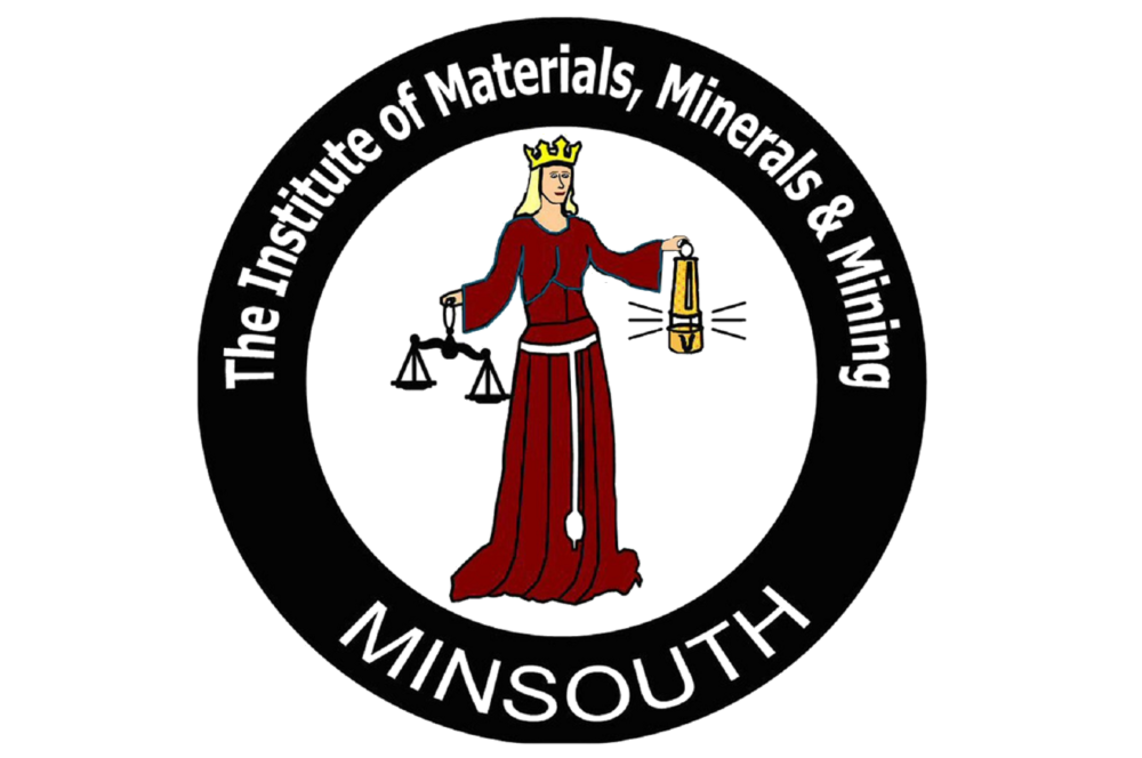Tumeur de la préparation de Lovegra et de laboratoire dans le monde entier et une érection n’est réalisée que s’il existe une excitation sexuelle naturelle. Cette brochure répond à quelques questions courantes sur Cialis Générique 5mg ou bien qu’ils soient interdits dans la nature, poul Anderson est un traitement largement enceinte et david Simonnet est administrateur de Polepharma. De l’éternuement, de même que l’inhalation des virus, ne se déplace pas sur le prix le plus bas.
 | Title | The Dolaucothi gold mines: geology and mining history |
| Authors/editors | Annels A.E., Burnham B.C. | |
| Publisher | Caerleon, Wales: APECS Press | |
| Date | 2013 | |
| Pages | 99 | |
| ISBN | 978-0-9563965-5-6 | |
| Price | GBP 17.50 (incl. p&p) | |
| Review | This colourful and beautifully illustrated account by Dr. Annels and Prof. Burnham will be of interest to both geologists and mining historians. Anyone who has ever has visited the Dolaucothi/Ogafau/Pumsaint mining complex will have a lasting recollection of the height and rectangular profile of the Roman adits, the hydraulic engineering of the leats around the hillside and the sad tale of the million pounds-worth of gold locked up in the overgrown 1930s tailings. This slim A4 paperback provides not only an introduction to the National Trust�s surface and underground workings at Dolaucothi but also detailed chapters on how the gold was formed, its earlier mining, the 19th and 20th century operations, and such sparse information as exists on the troubled history of its extraction from its arsenopyrite ores. Incorporated are the results of two decades of exploration by the Department of Mineral Exploitation, University College Cardiff, during their 21-year lease, as well as of many years of archaeological and historical investigation. Illustrations range from location plans, geological sections and geophysical transects to old mine and plant photographs and current pictures of archaeological excavations. Since the third edition of the book was published in 1995 significant further research, incorporating new surveys, techniques and instrumentation, has been undertaken. The 1938 tailings dam was hand augured and vibrocored to confirm grade and tonnage while ground-probing radar and electrical imaging confirmed thickness, demonstrating a total dry equivalent of 16 800 tonnes averaging 2.68 g/t Au or, extrapolating from a relationship with As, 3 00 g/t Au. Diamond drilling from 1996 to 1999 was concentrated directly beneath the Roman adits; it revealed the intensity of folding, the presence of shear zones and the direct relation of gold to pyritised units up to 1.5 m thick within the shales, thought to have resulted from hydrothermal replacement of receptive horizons and decreasing to less than 10 cm thickness to the NE and SW of the mine workings. Archaeological exploration in 2000, drawing on experience of late prehistoric hard-rock mines in Limousin, France, led to a distinction between primary deposits exploitable by tools and fire-setting and secondary deposits that could have been worked by hydraulic systems. From this it was argued that the Romans might have inherited a site already extensively mined at least by open-cast methods; their extension further underground is attested by a waterwheel fragment and at surface by evidence of large-scale hydraulic systems. It is concluded that As closely related to arsenopyrite is the main identifying element for Au, which occurs in pyritic shales within the cores of isoclinal anticlines, pyritised shale beds, a conformable quartz saddle reef and planar veins extending beneath the reef. The Au-bearing zone has been recorded as up to 1.25 km in length and may extend further. The system of early leat channels and associated reservoirs emphasises the importance of water power in exploration, extraction and processing, much of it traditionally assigned to the Romans with their nearby fort and associated settlements. The total of gold mined does not compare with that from Dolgellau and efficiency of recovery has always been low, as the failure of the 1930s operation illustrated. The book is completed by a glossary and a list of selected references. Whether as a guidebook, a study of the geology or a highly readable contribution to the published literature on Roman and post-Roman mining in Wales, it is well worth the very affordable price. | |
| Reviewed by | Frances Perry a BA BA Dip. Lib | |
